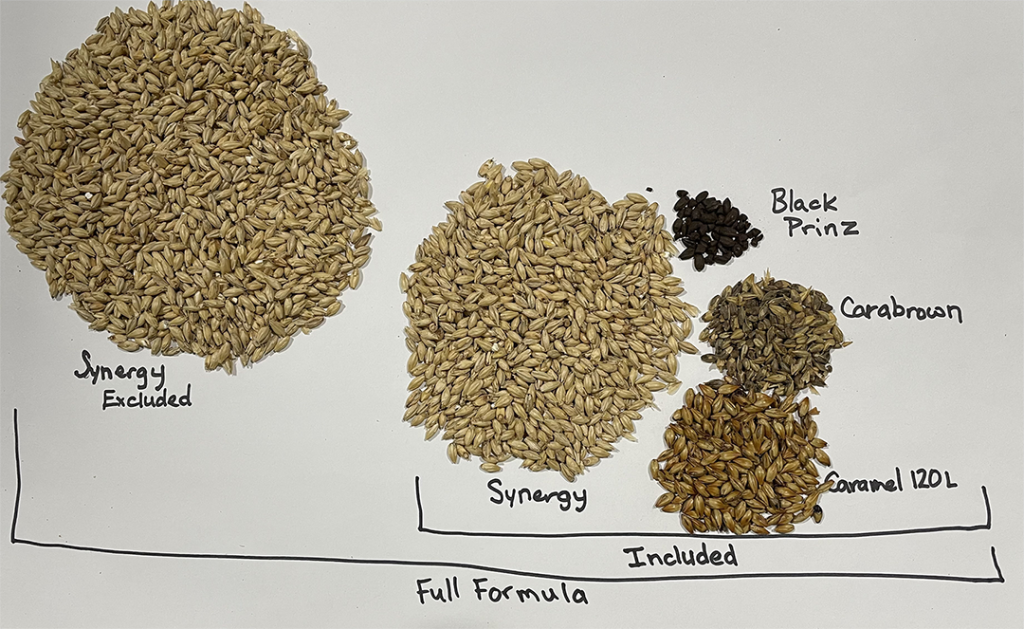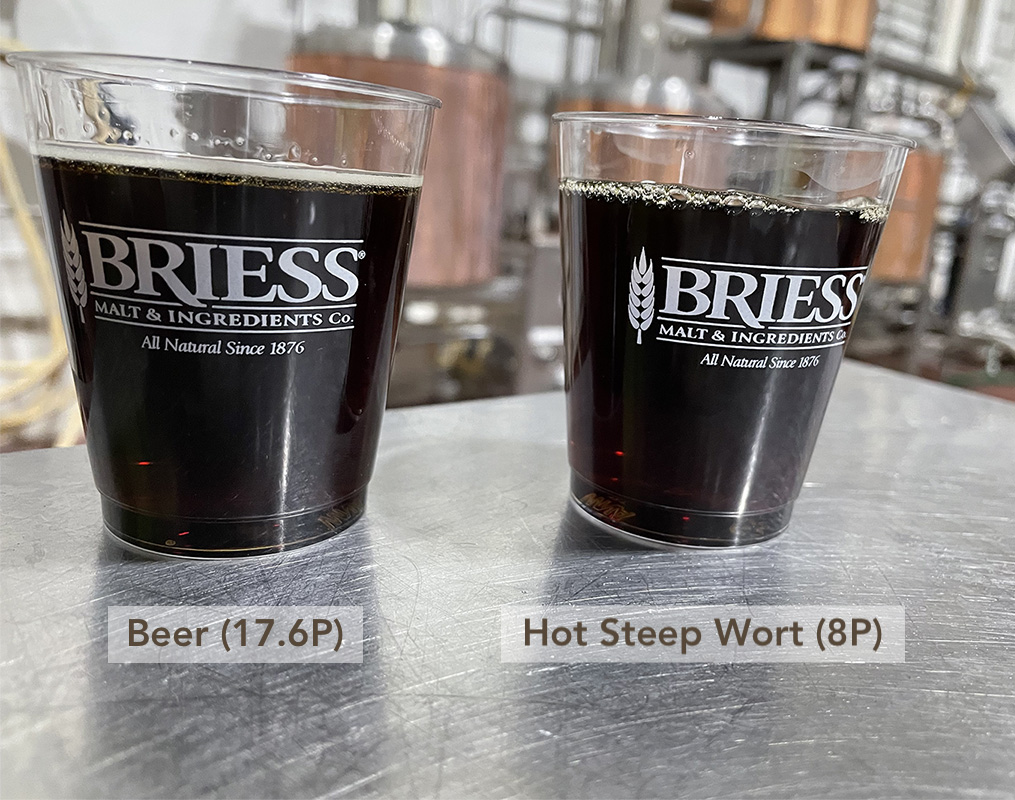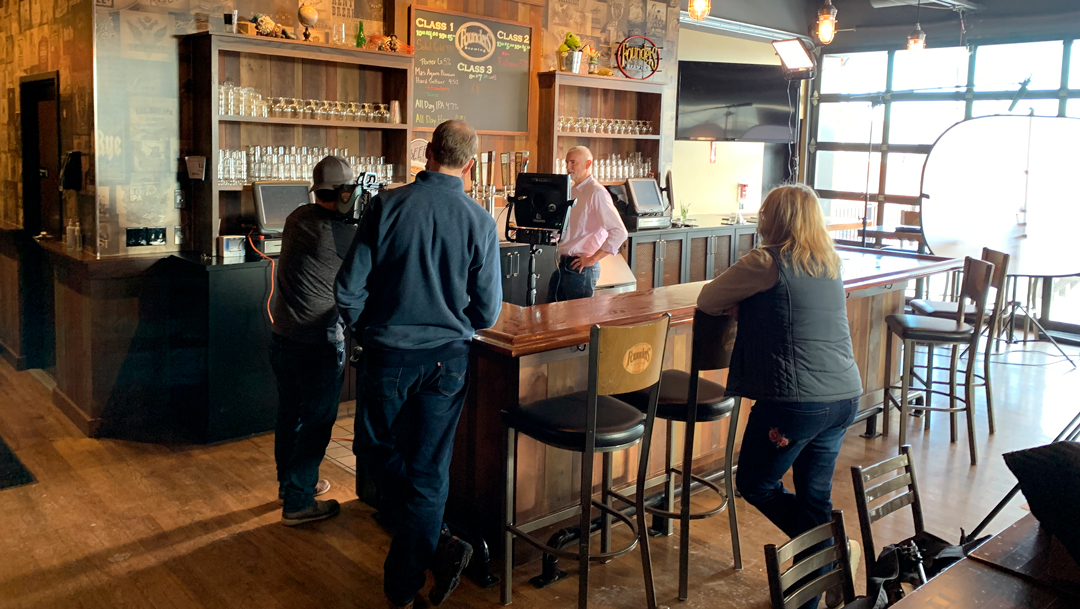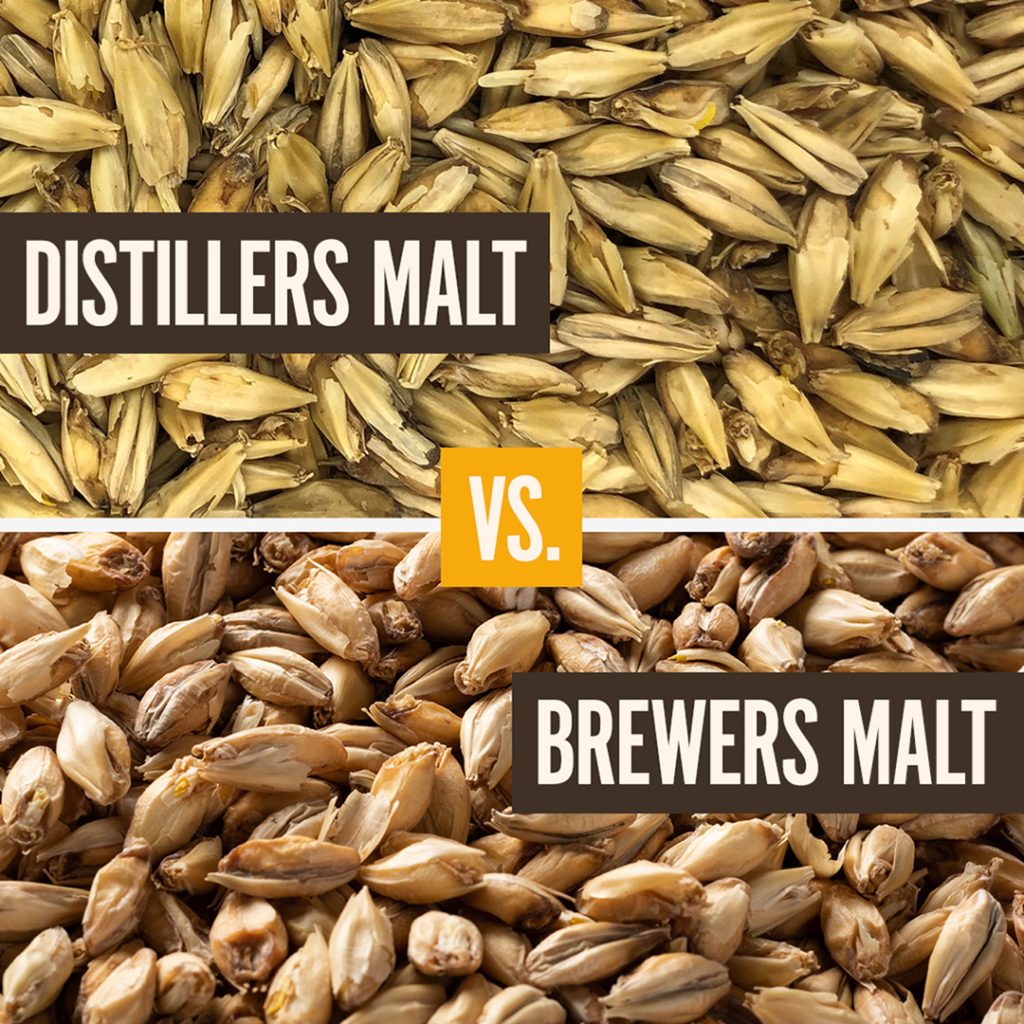Often as brewers, we will come up with a beer concept, formulate, brew, and assess the finished beer. This is commonly followed by re-formulation, re-brewing, and re-assessing as necessary. It’s a great way to test concepts and dial in recipes, but it can take a lot of time and resources to realize your final vision. I’d like to propose a potential shortcut to seeing our concepts through to fruition, specifically using the Hot Steep Method to test our concepts before we ever take them to the brewhouse. I’ve personally found this valuable in formulating dark beers, especially Porters and Stouts. It’s allowed me to balance caramel sweetness, with roasty-toasty nuttiness, chocolate aromas, and bitter coffee flavors before I even propagate my yeast or order my hops. In extreme cases of inspiration, I’ve even tasted the wort and thought “I know a yeast/hop that would be great with this”.
Disclaimer Alert!
- Hot steep wort is still wort, it will never be as good as beer.
- Concept below works best in beer styles that showcase a prominent specialty malt character.
With that said, let’s dive in.
The Hot Steep Method was designed to be a standardized method of wort preparation for malt sensory evaluation that is inexpensive, easy to perform, and showcases malt flavor better than traditional brewers wort. This wort gives us a better idea of malt flavor than traditional brewers wort where the sweet character masks many of the subtle flavors of malt; flavors that will reemerge as beer attenuates. So, the hot steep method can be a valuable tool in predicting how malt flavors will interact in the final beer before we even brew.
Hot steeps result in a wort around 8°P but beer formulations are much stronger than this. So how do we represent the flavor of a 16°P or even a 24°P beer as an 8°P wort? Should we proportionally scale down all ingredients in the recipe to 8°P and just hot steep that? No! I suggest an alternative.
Let’s make an 8°P wort, but let’s not scale down all the ingredients. I suggest using the full amount of specialty malt and reducing the lightest colored malts to obtain around 8°P. Light-colored pale malts will attribute flavor to your finished beer, but excessive inclusion will only make tasting the subtle flavors of specialty malts more difficult. The sugars provided by large amounts of pale/brewers malt in high gravity brewing can make the wort extremely sweet, much sweeter than you’d like when trying to discern a delicate flavor balance.
Example:
- Three potential hot steep formulations of a 16 Plato Porter recipe, that consequently did not meet our flavor balance expectations: 80% Pale Ale Malt, 15% Caramel 80L, 5% Chocolate malt. The first hot steep was made scaling down all ingredients to yield about 8°P. The second hot steep used the full recipe and resulted in a wort that was 16 Plato. The last hot steep used the quantities of Caramel and Chocolate malts in the full recipe but held back 50g of Pale Ale malt to yield a wort around 8 Plato.
| Scaled Down 8 Plato |
Full Recipe 16 Plato |
Pale Malt Reduction 8 Plato |
|
|---|---|---|---|
| Pale Ale Malt | 40g (80%) | 80g (80%) | 30g (60%) |
| Caramel 80L Malt | 15g (15%) | 15g (15%) | 15g (30%) |
| Chocolate Malt | 5g (5%) | 5g (5%) | 5g (10%) |
| Grist | 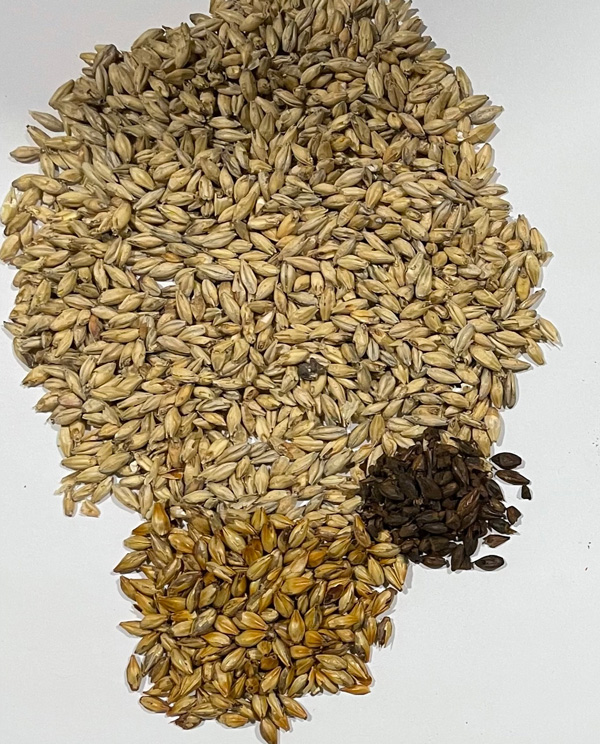 |
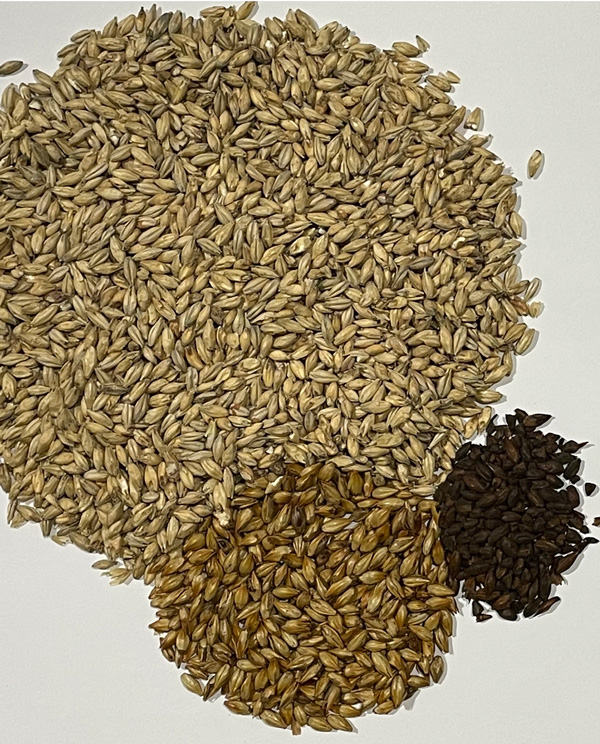 |
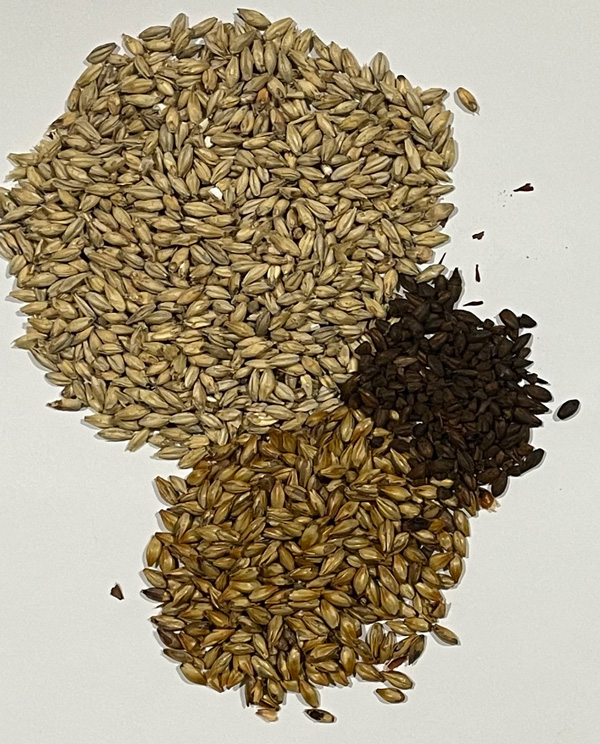 |
| Wort | 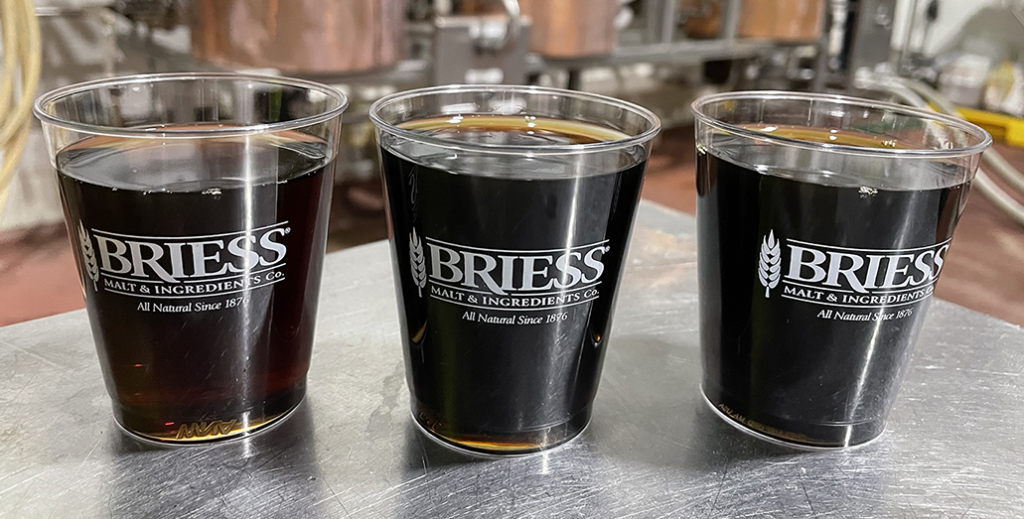 |
||
| Sensory Comments | Light Chocolate and Caramel Character. Does not taste like a Porter wort. Color is not representative of recipe. | Nice flavor. Very sweet. General Roast and Caramel Flavors. Does not display excessive roastyness and balance that was seen in final beer. | Able to discern subtle flavors of Caramel 80L and Chocolate Malt. Balance overly roasty, comes off as harsh. Best representation of beer character. |
- The balance deficiency observed in the beer was not shown in the first two hot steeps; the lighter version did not represent the appropriate quantity of colored malts, while the 16 Plato version was too sweet and masked the balance deficiency observed in the final beer. The third wort would have been useful in showcasing the lack of balance between our dark malts and would have led to reformulation prior to brewing.
The Math
1) For each specialty malt use: 6.25 * Plato * % use in grain bill = grams of that specialty malt
2) Use base malt to get to 50g
Let’s make a hot steep wort of a Porter
- This Porter recipe is formulated to be 17.6 Plato which would require 109.8g of grist for a 400mL hot steep if we wanted to maintain full recipe integrity… but we don’t want this, so we will instead remove a large amount of the Pilsen malt to obtain a wort around 8°P.
- Instead of using the full 94.9g of Pilsen malt this recipe should call for, we will exclude 59.8g without compromising the darker malt inclusions.
- Various iterations of this recipe were trialed before deciding on the final recipe below.
| Full Recipe 17.6P | Pilsen Malt Reduced 8P | |
|---|---|---|
| Synergy Select Pilsen Malt | 94.9g (86.3%) | 35.1g |
| Caramel 120L Malt | 7.9g (7.2%) | 7.9g |
| Carabrown® Malt | 5.5g (5.0%) | 5.5g |
| Blackprinz® Malt | 1.5g (1.4%) | 1.5g |
| Total Malt Grist | 109.8g | 50.0g |
